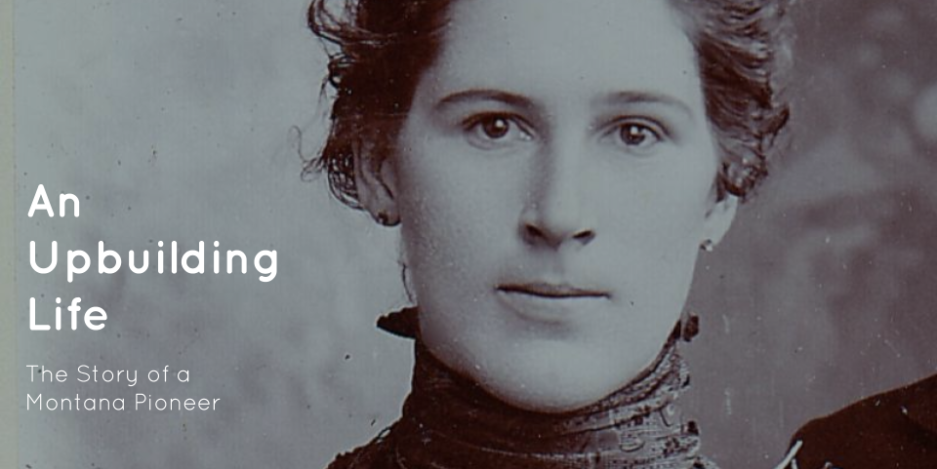Entry from Journal #1: November 2, 1930
My heart was hurt by Mr. Strap taking Christie‘s car as no one of us had a dollar or work to make the last payment of $62.
Some information regarding life in Montana prior to and during the Great Depression:
Even prior to the Great Depression, Montana was experiencing some rough times. Farmers all over Montana were affected when a ten-year drought began in 1917. And although the economy everywhere was boosted during World War I, the military canceled purchases of copper, lumber and wheat when the war ended. And then in 1918, five thousand Montanans died from the influenza epidemic that raged across the entire country. And on a personal note, Mary’s husband and Christie’s father George, had died in 1915 from tuberculosis.
Between 1919 and 1925, half of all Montana farmers lost their land and 70,000 people moved away. Many businesses failed, banks closed and families lost their life savings. There was some relief in the mid 20s when rain began to fall again and in 1924, an initiative was passed increasing state taxes on mining companies. Things were beginning to look up.
However, the stock market crash of 1929 caused mines and smelters to lay off thousands of workers – which would have particularly affected a mining town like Marysville. And for the farmers of the State, things went from bad to worse when the drought returned in 1930 and conditions were worse than ever. Towns and counties attempted to start their own programs to help the poor but money soon ran out because too many people were unable to pay their taxes.
In 1931, the Red Cross sent 200 freight car loads of food and clothing to Montana but before long, churches and charities were overwhelmed by the sheer number of people who were in need. Montana was in desperate shape, with 1 out of every 4 households receiving some kind of aid.
I wonder, then, how Christie ever managed to purchase a car during these difficult times. But it must have been particularly disheartening when the car was taken away because no one in the family – as Mary put it – “had a dollar or work to make the last payment”.
This information comes from an article on the State of Montana website entitled “The Great Depression Transforms Montana”, which I located here.


